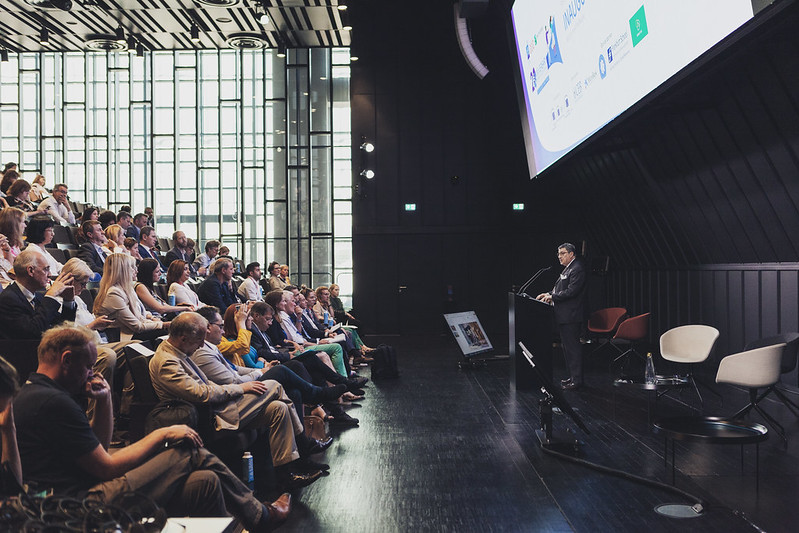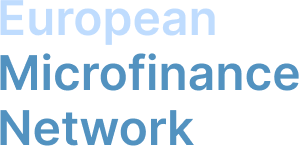Policies and actions
Microfinance and policymaker objectives are fully aligned. Both seek social betterment, improved economic engagement, social and financial inclusion, reduction of the burden on welfare systems, and positive effects on employment and employability.
To enable microfinance to have this effect across Europe, many improvements are necessary to the regulatory treatment of microfinance institutions and of self-employment more generally. Such changes are needed both at national and European level, and must be backed up by the right kind of public support programmes.
EMN actively participates in advocacy activities through the organisation of dialogues between policy makers and practitioners. It provides strategic information to its members on EU policy, meetings with political leaders, and represents the sector in public responses to consultations on various issues.
EMN’s members have direct input into EMN’s advocacy efforts through its Advocacy Committee. For any questions about EMN’s advocacy efforts or committee, please contact Marie Vial (m.vial@european-microfinance.org).





